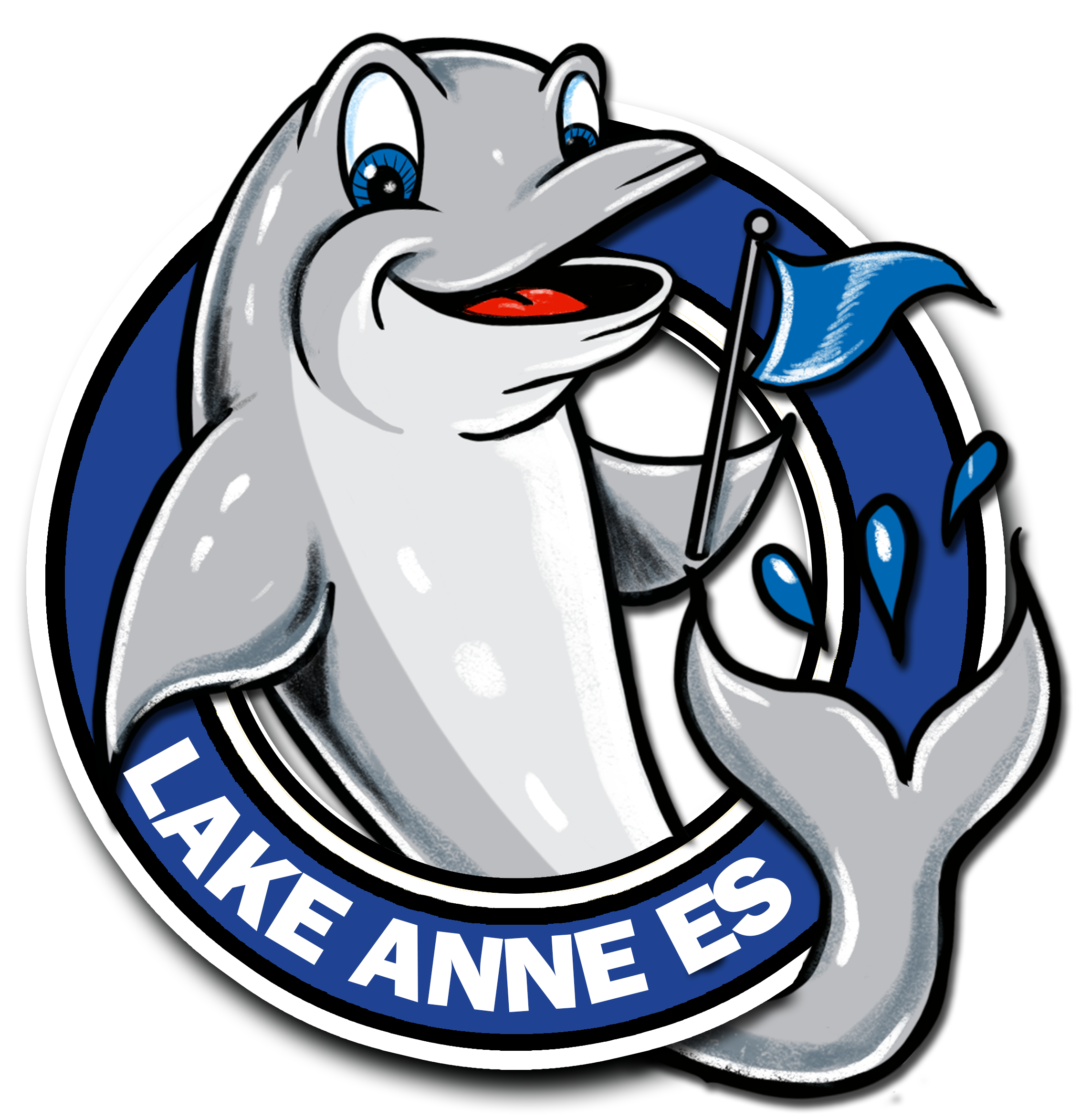School Innovation and Improvement
Outcome goals for this academic year
School Innovation and Improvement Plan at a Glance
- Lake Anne Elementary School
- 2024-2025
- Region 1
- Jill Stewart, Principal
English Language Arts |
Goal: By the end of the 2024-2025 school year, 70% of students in grades PreK-3 will achieve proficiency as measured by the VALLSS assessment and 70% of students in grades 3-6 will achieve a pass/pass advanced score on the Reading SOL. |
Strategy 1: Increase the efficiency of instructional delivery to ensure all students have daily access to all components of the language arts block as outlined in the new core curriculum. |
Strategy 2: Use embedded formative assessments in the new core curriculum to guide tier 1 and tier 2 instructional decisions. |
Mathematics |
Goal: By the end of the 2024-2025 school year 70% of students in grades PreK-3 will demonstrate expected screener growth and 70% of students in grades 3-6 will achieve a pass/pass advanced score on the math SOL. |
| Strategy 1: Increase teacher implementation of explicit instruction and other components of effective mathematics intervention. |
Science |
Goal: By the end of the 2024-2025 school year, 70% of students will score a pass/pass advanced on the Science SOL. |
Strategy 1: Increase opportunities to develop science content vocabulary through inquiry-based learning, such as during the Explore of the 5E learning model, followed by explicit instruction during the Explain. |
Chronic Absenteeism |
Goal: Reduce and maintain the percentage of students who are chronically absent to 10% or less. |
Strategy 1: Schools will share multilingual attendance materials with families throughout the year to educate families regarding the importance of attendance for school success. |
Strategy 2: Schools will implement practices recognizing good and improved attendance to reinforce attendance and strengthen student and family engagement. |
Discipline |
Goal: By the end of the 2024-2025 school year, we will reduce the number of Black/African American and Hispanic/Latino students who have discipline incidents from 20 to 10 or less. |
Strategy 1: Provide tailored professional development for teachers and staff on Tier 1 wellness practices, including culturally responsive teaching, conflict resolution, and trauma-informed care. Offer specialized training on restorative justice for effective disciplinary approaches. |

